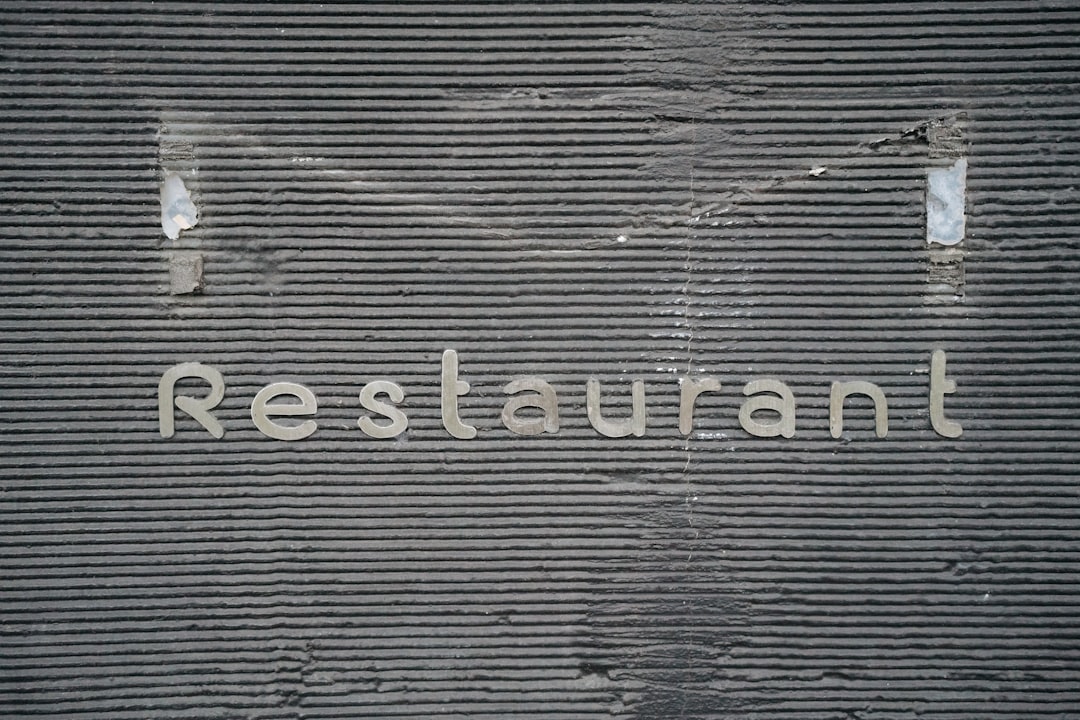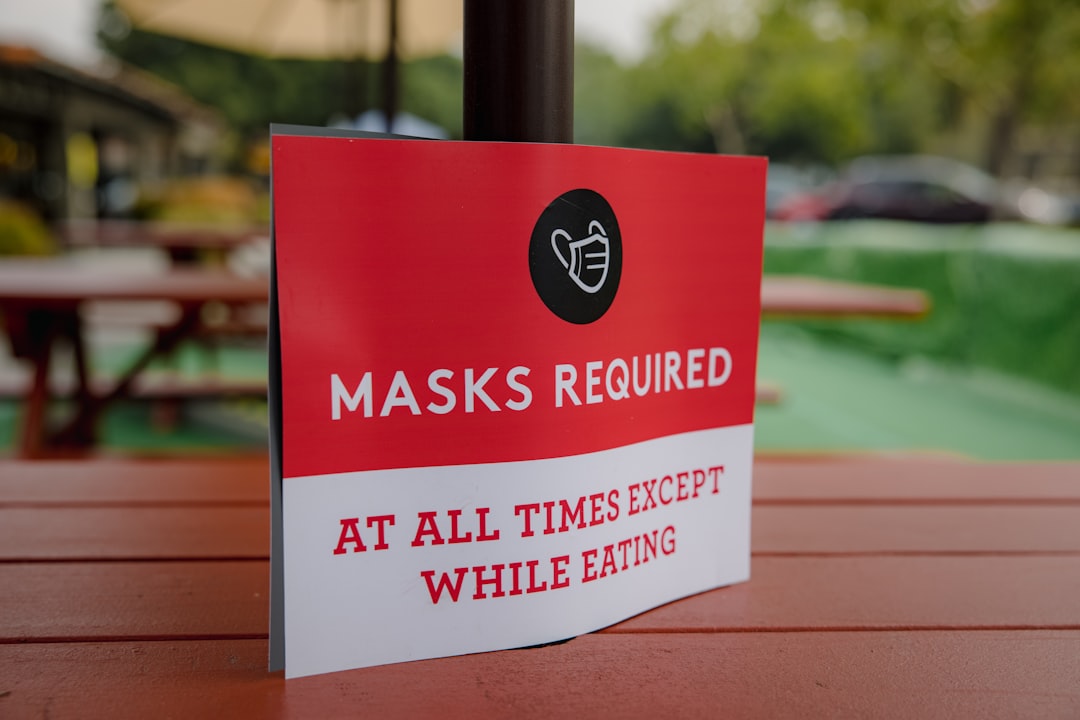Ever notice how some restaurants in your neighborhood always seem busy, even on weeknights? It's rarely an accident. Smart local marketing makes the difference between empty tables and a packed house.
Let's explore practical, proven strategies to boost your restaurant's visibility and draw in more local customers—without breaking the bank.
Before diving into tactics, let's address the obvious question: why focus specifically on local marketing?
The answer is simple. For restaurants, your customer base primarily comes from within a 5-10 mile radius. These are the people who will become your regulars, spread word-of-mouth recommendations, and sustain your business through seasonal fluctuations.
Local marketing allows you to:
Did you know customers are 70% more likely to visit restaurants with complete Google Business Profiles? This free tool is arguably your most powerful local marketing asset.
To maximize its impact:
Think of your Google Business Profile as your digital storefront. Just as you wouldn't leave your physical restaurant with dirty windows or outdated signage, don't neglect this crucial first impression potential customers have of your business online.

When hungry customers search "restaurants near me" or "best pizza in [your city]," your goal is to appear at the top of those results.
Improve your local search visibility by:
Local SEO isn't just about keywords—it's about establishing your restaurant as part of the local landscape. A restaurant that appears prominently in local searches feels like it belongs in the neighborhood, even to first-time visitors.
Generic social posts won't cut it. Your social strategy should speak directly to your community:
According to research from DoorDash, restaurants that effectively leverage platforms like Instagram and TikTok significantly increase their discovery rates among local customers. Visual platforms are particularly powerful for restaurants—a mouthwatering video of your signature dish being prepared can drive immediate foot traffic.
Some of the most effective marketing happens through creative local partnerships:
These partnerships create a multiplier effect. A small Italian restaurant in Boston doubled their Tuesday night business by offering 15% off to employees of the tech startup across the street. The startup appreciated the perk for their team, and the restaurant filled tables during what was previously their slowest evening.

Transform your restaurant into a community hub:
When you become more than just a place to eat—when you're a gathering spot where the community connects—you build the kind of loyalty that advertising simply can't buy.
Loyal customers are worth their weight in gold. Incentivize repeat visits with:
The math is compelling: according to industry data, increasing customer retention by just 5% can boost profits by 25-95%. A well-structured loyalty program isn't an expense—it's an investment with remarkable returns.
Build an email list and use it strategically:
Email marketing delivers an average ROI of $42 for every $1 spent, making it one of the most cost-effective marketing channels available to restaurants. The key is ensuring your messages feel personal and locally relevant, not like generic promotions.
Despite the digital focus, don't overlook these proven offline tactics:
Sometimes the most innovative approach is to revisit traditional methods. In an age of digital saturation, a well-designed physical menu delivered to nearby apartments can stand out more than another social media post.
Track these metrics to gauge effectiveness:
You can't improve what you don't measure. Even simple tracking methods—like asking new customers how they heard about you—can provide valuable insights into which marketing efforts deserve more of your resources.
Even the best marketing falls flat if your operations can't deliver on promises. Consider how an integrated restaurant management system can help you:
By consolidating your operations into a single platform, you can focus more energy on creative marketing while ensuring excellent customer experiences.
Local store marketing isn't about flashy campaigns or massive budgets. It's about authentic community connections, consistent quality, and smart targeting of the customers most likely to become regulars.
Start with a few strategies that align with your restaurant's personality and resources. Measure results, refine your approach, and gradually expand your local marketing toolkit.
Remember: in restaurant marketing, local isn't just a geographic term—it's a mindset that prioritizes community relationships over one-time transactions. The restaurants that truly become neighborhood institutions understand this distinction and build their marketing accordingly.
